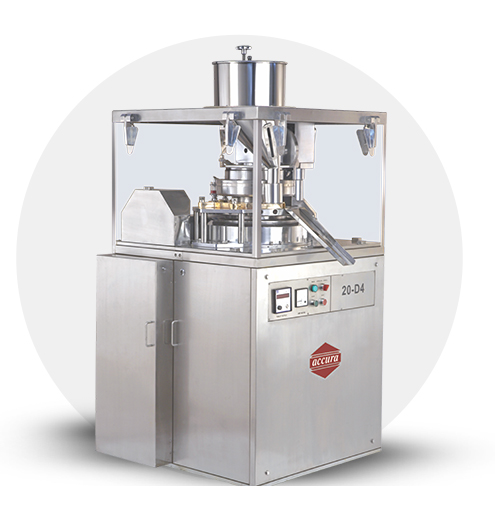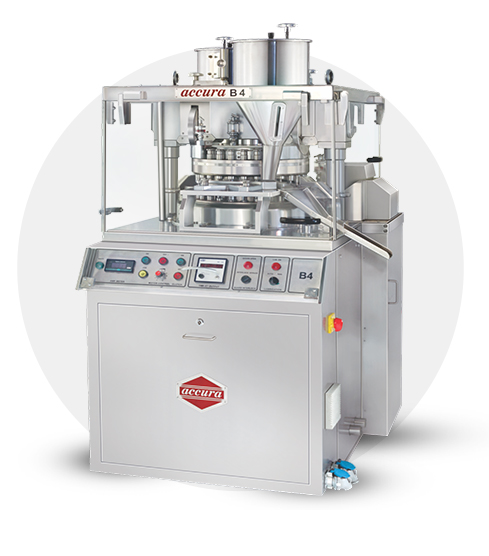In the pharmaceutical manufacturing landscape, selecting the right tablet press machine is critical for achieving optimal production efficiency and maintaining product quality. Among the myriad of options available, single rotary and double rotary tablet presses emerge as two widely used variants. To make an informed decision, it’s essential to delve into the intricate details that set these machines apart.
In this article, we’ll conduct a thorough examination of the disparities between single rotary tablet presses and double rotary tablet presses, exploring their operating mechanisms, production capacities, floor space requirements, changeover processes, investment costs, and more.
Operating Mechanism:
Single Rotary Tablet Press:
Single rotary tablet press operate on a straightforward principle. Granular material is fed into the die cavity, and during each rotation, the upper and lower punches compress the material to form a tablet. This sequential process ensures precise tablet formation at each station.
Double Rotary Tablet Press:
Double rotary tablet press feature two sets of compression stations, allowing for simultaneous tablet formation during each rotation. As the turret revolves, tablets are produced in parallel at each station, effectively doubling the machine’s output capacity compared to single rotary presses.
Production Capacity:
Single Rotary Tablet Press:
Due to its reliance on a single compression station, a single rotary tablet press typically offers a lower production capacity. The output rate is limited by the number of tablets that can be formed in each rotation.
Double Rotary Tablet Press:
With dual compression stations operating simultaneously, double rotary tablet presses boast significantly higher production rates. This parallel processing capability enables continuous and rapid tablet formation, resulting in enhanced throughput.
Floor Space and Footprint:
Single Rotary Tablet Press:
Single rotary tablet presses are characterized by their compact footprint and lower space requirements. They are ideal for installations in smaller manufacturing facilities where space is limited.
Double Rotary Tablet Press:
In contrast, double rotary tablet press machine occupy more floor space due to their larger size and the presence of two compression stations. Adequate space allocation is necessary to accommodate these machines in the production area.


Changeover Time and Flexibility
Single Rotary Tablet Press:
One of the advantages of single rotary tablet presses is their relatively quick changeover times between product runs. This facilitates efficient handling of multiple formulations, thereby enhancing production flexibility.
Double Rotary Tablet Press:
The changeover process for double rotary tablet presses may be more time-consuming due to the complexity of their dual-station design. However, proper planning and optimization strategies can mitigate potential downtime and ensure seamless transitions between different products.
Investment Cost:
Single Rotary Tablet Press:
Single rotary tablet presses generally entail lower initial investment costs compared to their double rotary counterparts. This makes them a preferred choice for smaller-scale operations or businesses with budget constraints.
Double Rotary Tablet Press:
Although double rotary tablet presses require a higher initial capital outlay, they offer superior production capacity and efficiency, potentially delivering a better return on investment for larger-scale manufacturing facilities with higher throughput requirements.
